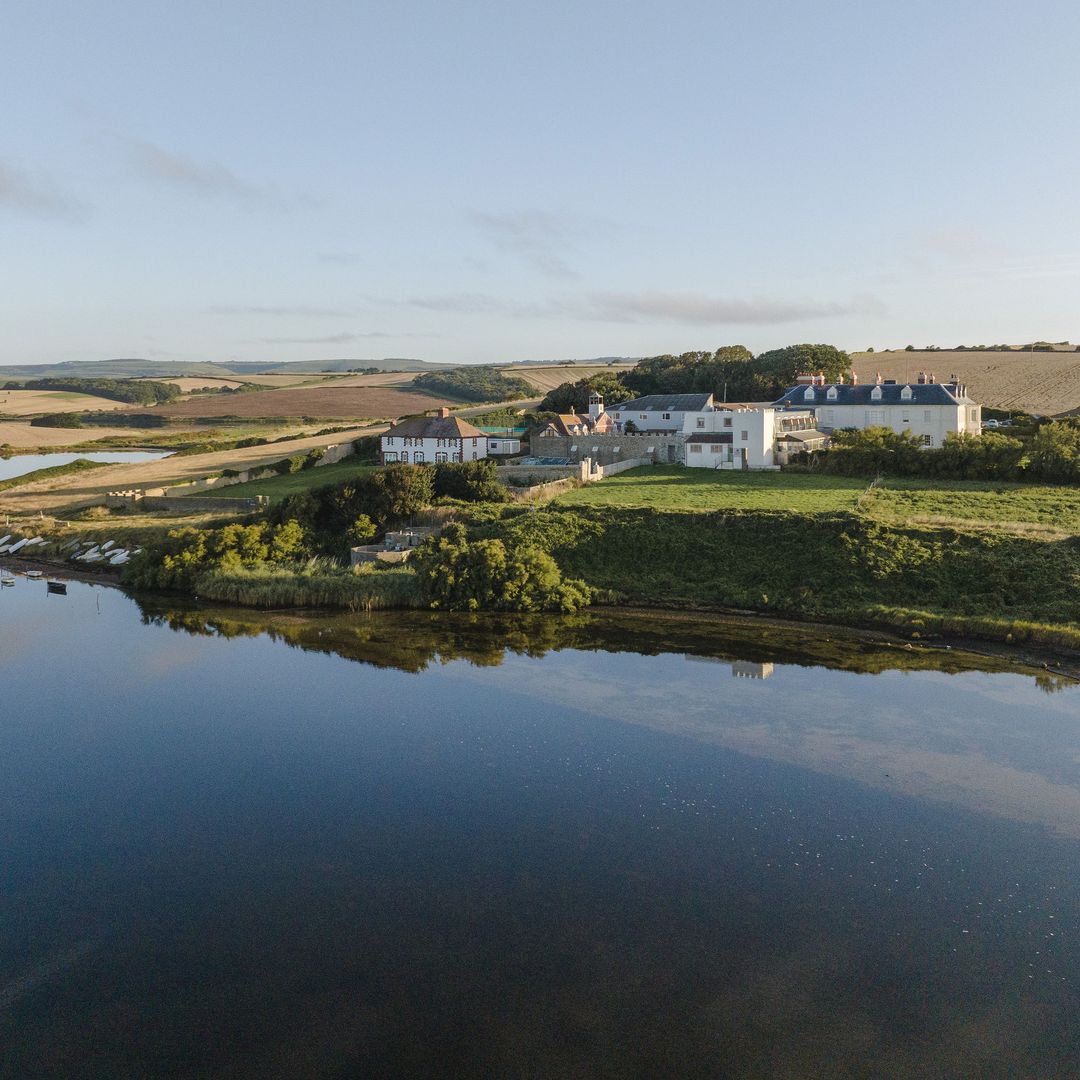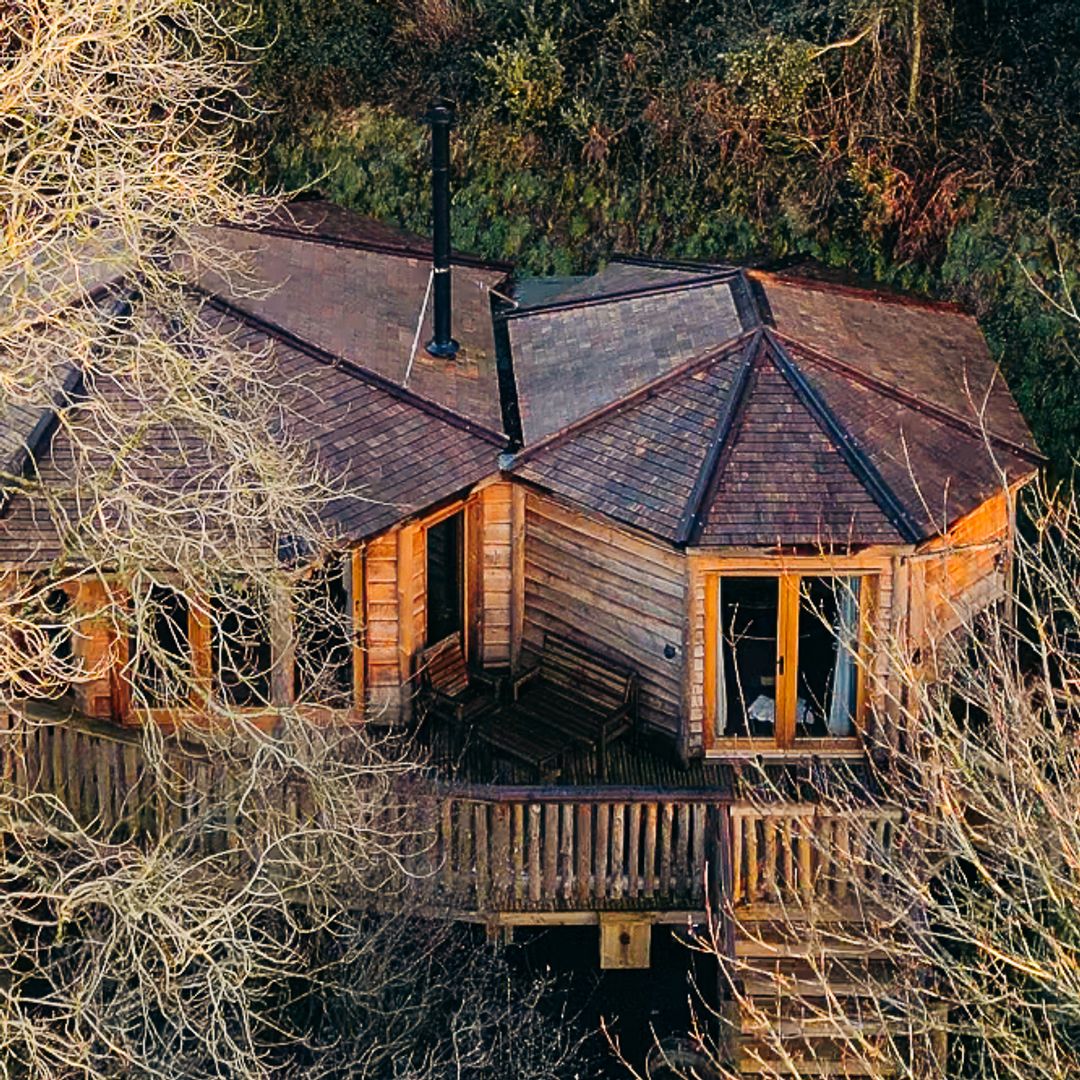It's the langurs, their black monkey faces surrounded by a shock of white hair, who are the first to sound the alarm when a tiger approaches; they emit a brief, high-pitched squeal, a warning that penetrates the thick green of the jungle. Here in the natural sanctuaries of Madhya Pradesh, the king of the jungle is the tiger, known by the locals as sher or bagh. In the dense Indian forests of bamboo and mango there was a time when panthers, wolves, foxes and bears abounded in the mountain areas, wild elephants waded the swamps, and macaques, pythons and langurs were all around. And that is the setting, in time and place, where Rudyard Kipling, the first British Nobel laureate for literature, placed The Jungle Book.
Kipling published the first stories in 1894, probably inspired by a story told by Sir William Henry Sleeman in 1831, a story which may have been true, of a little wild boy, raised by wolves, who was found in what is now the Pench National Park in Madhya Pradesh. Kipling never traveled to Pench, but he based his descriptions on the writings of other British travellers in central India, and those are the landscapes through which the beloved animals of his tales roam free.
In Kipling's book, a couple lose their young son who is carried off by Shere Khan, the tiger who terrorises villagers and jungle dwellers alike. The boy is taken in and fed alongside her cubs by the she-wolf Raksha, a member of the pack led by old Akela. Raksha calls the hairless 'man cub' Mowgli – little frog – and raises him as a brother to her own brood. With the wise bear Baloo as his teacher, and guidance from the panther Bagheera, he is brought up to know the value of friendship and team work and to respect 'the law of the jungle'. The founder of the Scouting movement, Robert Baden Powell, was impressed by the clear moral and educational aspects of the The Jungle Book and used it among the young Cub Scouts, whose leaders are still referred to today as Akela.
The Jungle Book was first made into a film in 1942, an almost unknown production starring the young Indian actor Sabu, who five years earlier had played Toomai in Elephant Boy, a film based on one of the Jungle Book stories that doesn't feature Mowgli. But it is the 1967 Disney cartoon version of The Jungle Book that has been etched in memory for so many of us. With an Oscar nomination for best original song for The Bare Necessities, it was the nineteenth feature-length animation to come from the Disney studios and the last film to be produced by Walt Disney himself, who died during filming.
The adaptation of the script was controversial as the original Jungle Book as written by Kipling was not only episodic, but dramatic and sinister at times. When writer Bill Peet left over differences with Disney, the producer assigned Larry Clemmons as writer, giving him a copy of Kipling's book, and telling him: "The first thing I want you to do is not to read it." The final story and characters, then, are radically different from Kipling's, where Baloo is a strict disciplinarian and Kaa the python helps Baloo and Bagheera rescue Mowgli when he is kidnapped by the Bandar-log – the monkey people.
In the film this abduction is transformed into a key plot element and Disney introduces the character of King Louie, an orang-utan who leads the monkey tribe. Orang-utans are not native to India and Kipling wrote of the monkeys as being undisciplined and chaotic creatures with no leader; it was an altogether more sinister story that he conceived as taking place among the ruins of the abandoned human city.
There are no such ruins in the Pench National Park, but some can be found in nearby Bandhavgarh, another of India's over ninety national parks, which was the hunting ground of the Maharajah of Rewa until being named a national park in 1968. In the days when Kipling lived in the country, these two parks, together with their neighbours, Kanha and Panna, formed a single natural corridor. Today, there are four separate sanctuaries, two to the north of Jabalpur and and two to the south. Bandhavgarh is the smallest, but it boasts the highest density of Bengal tigers in the world and is home to 37 species of mammals, and over 250 species of birds.
Tourist access is restricted to an area of just over 100 square kilometres with marvellous biodiversity including the magnificent striped cats. Visitors to the park need not fear the tigers, who are accustomed to the presence of off-road vehicles with humans carrying cameras, even if it is unlikely that the beasts realise the telephoto lenses are less of a threat than the Maharaja's guests with their rifles. Legend tells that the tigers of Bandhavgarh are protected by the presence of the mountain stronghold, whose ruins may be home to the bandar-log. It alos says that the fort was built by the same monkeys who, according to Hindu mythology, built the bridge that Prince Rama crossed to Sri Lanka where he defeated the demon Ravana. But that, as Kipling would say, is another story.
THE PRACTICALITIES
Best time to visit:The best time is from October to February; in summer, the parks are closed during the rainy season.
Getting around The main park lodges are equipped with off-road vehicles available complete with driver and guide. In most of the parks, but particularly in Bandhavgarh, the park services offer elephants (complete with mahout or driver) to take visitors from the car to where the tigers have been located within the jungle. The cost is around £10 and each elephant can carry four people.
Where to stay The four Taj Wilderness Lodges offer the most exclusive accommodation in the area. They all accept children of any age but there are age-limits for safaris. Their restaurants serve traditional Indian cuisine.
The tiger trail Taj Safaris organise wildlife safaris and jungle drives from the safari lodges - Mahua Koth in Bandhavgarh National Park and Baghvan in Pench National Park.
Don't forgetBe patient: the parks are not like zoos and there is no guarantee that you will see the great cats in their home; make sure you have binoculars and a telephoto lens if you want to take pictures, as the tigers are unlikely to come up alongside the road. Even if you aren't lucky enough to see a tiger, the experience will be memorable for the other wildlife, both mammals and birds, as well as the landscape and vegetation.
Learn more:Tourism in IndiaNational Parks of India








